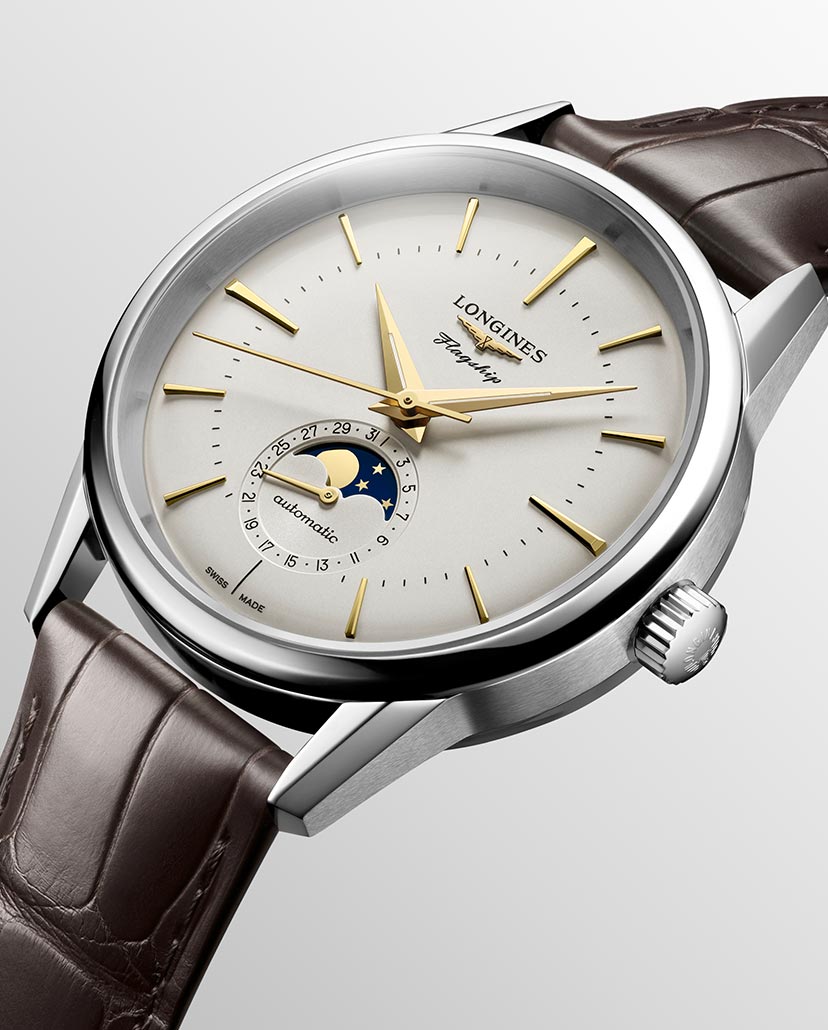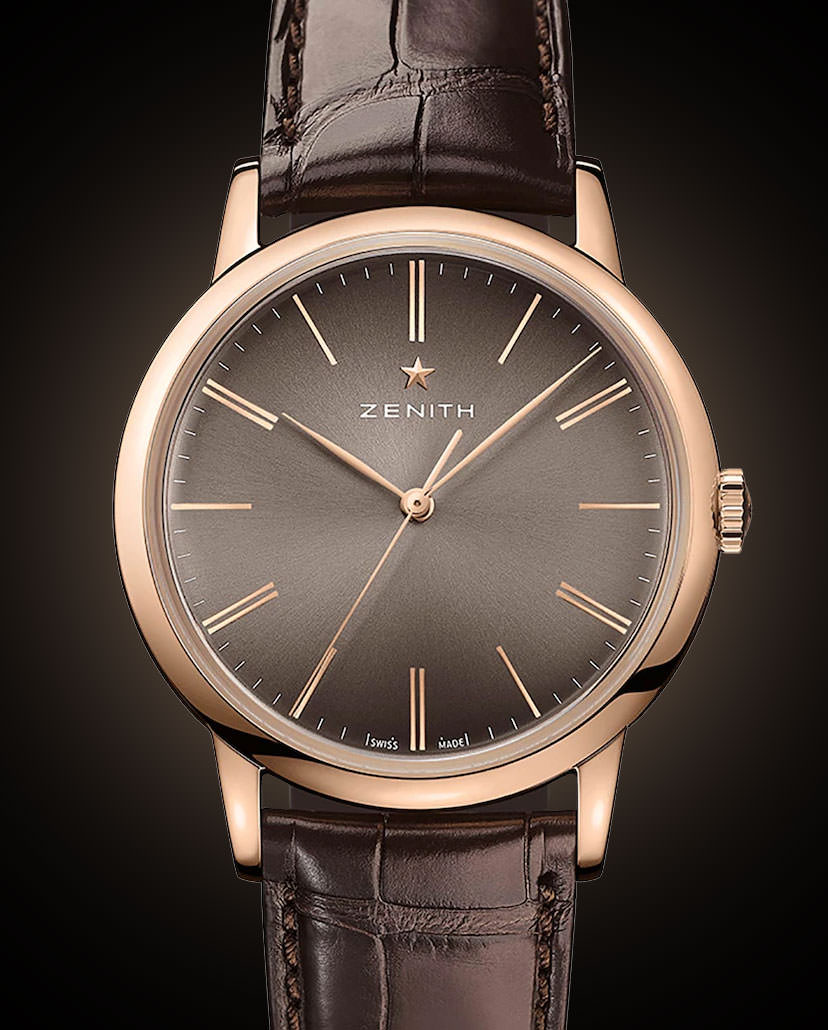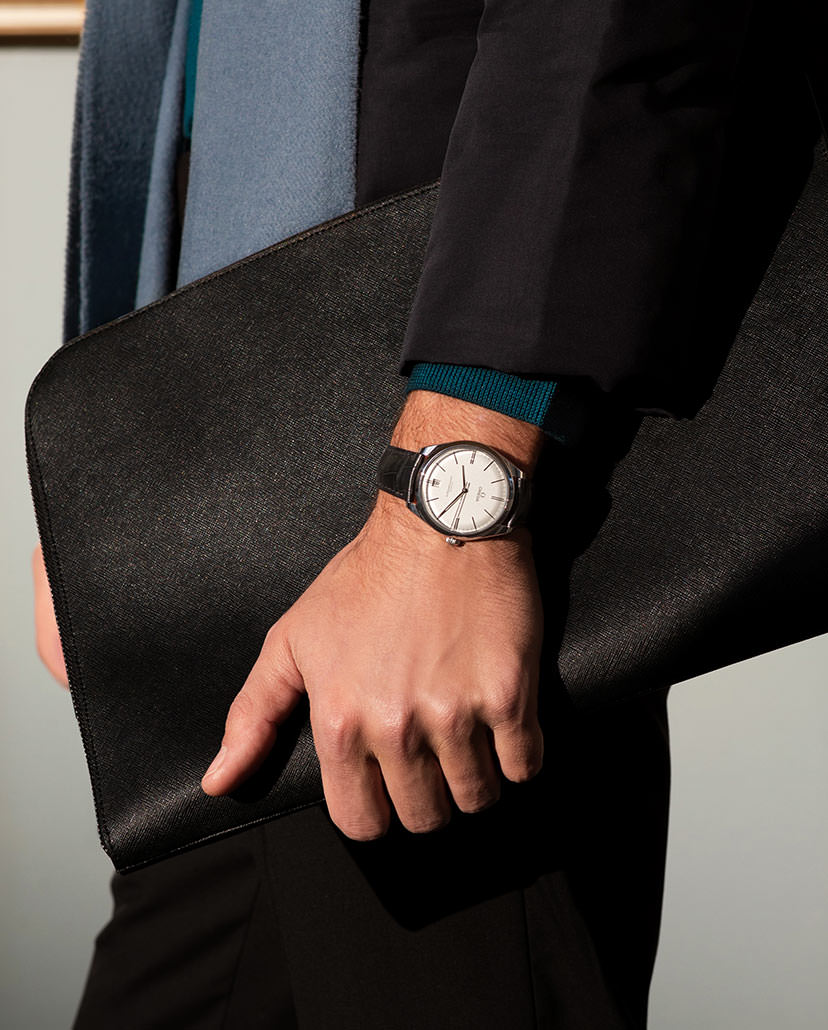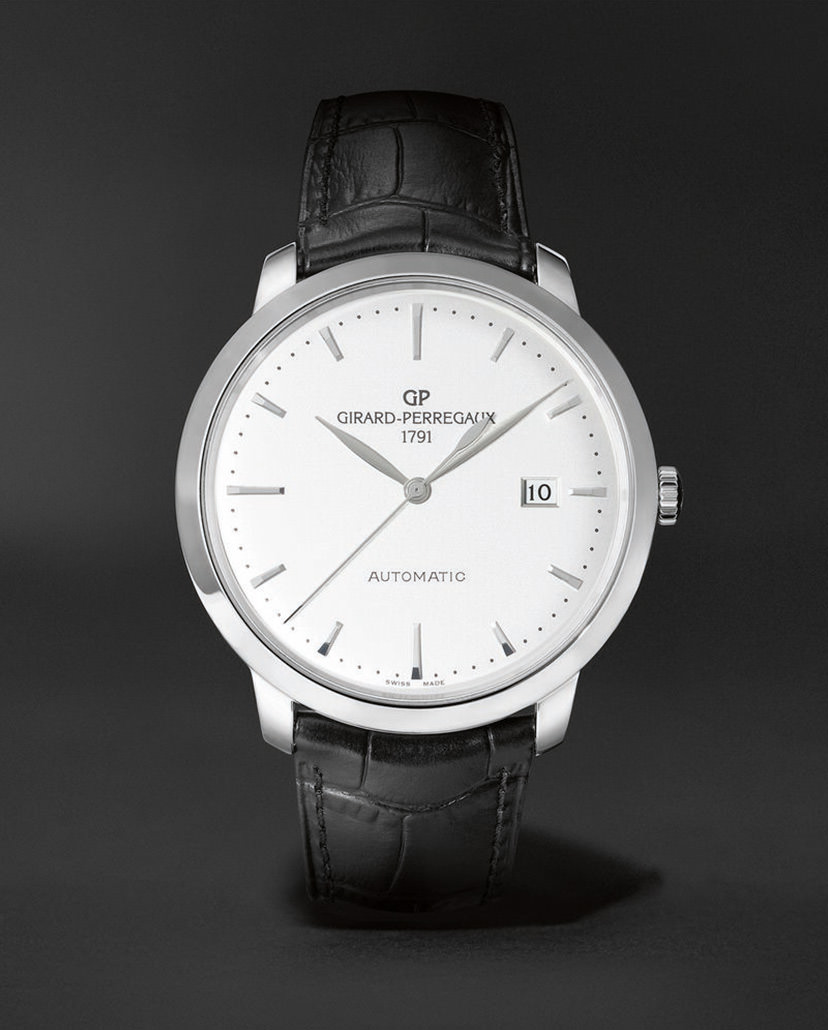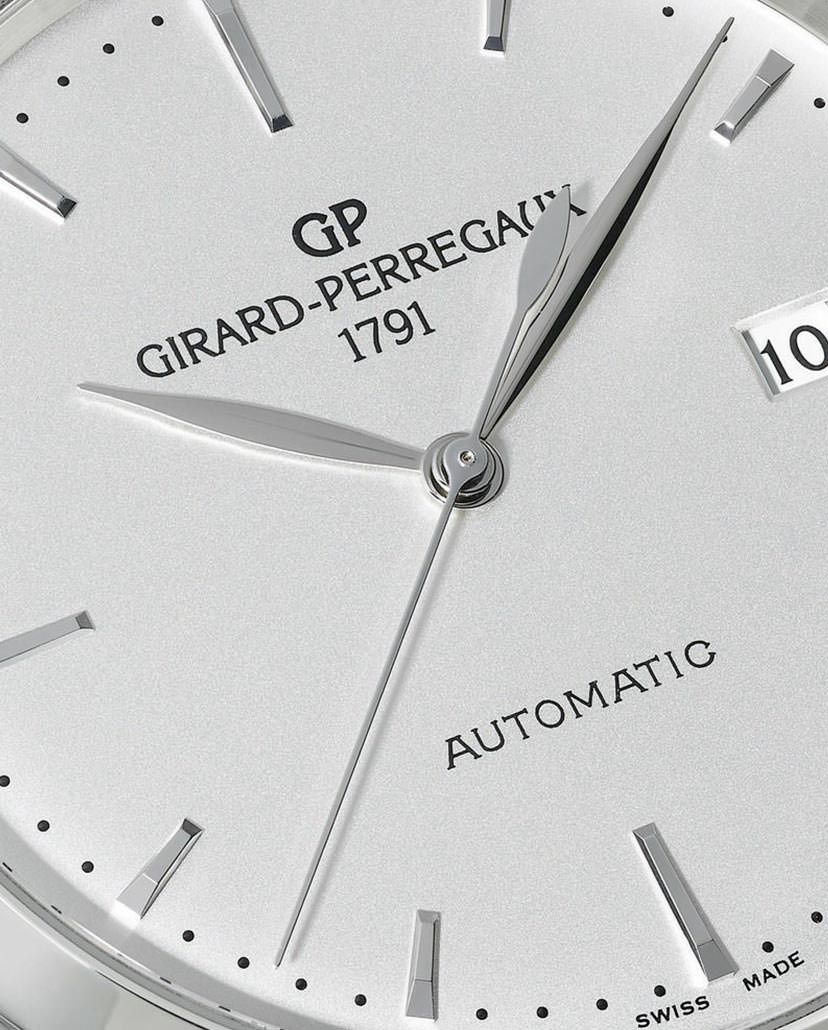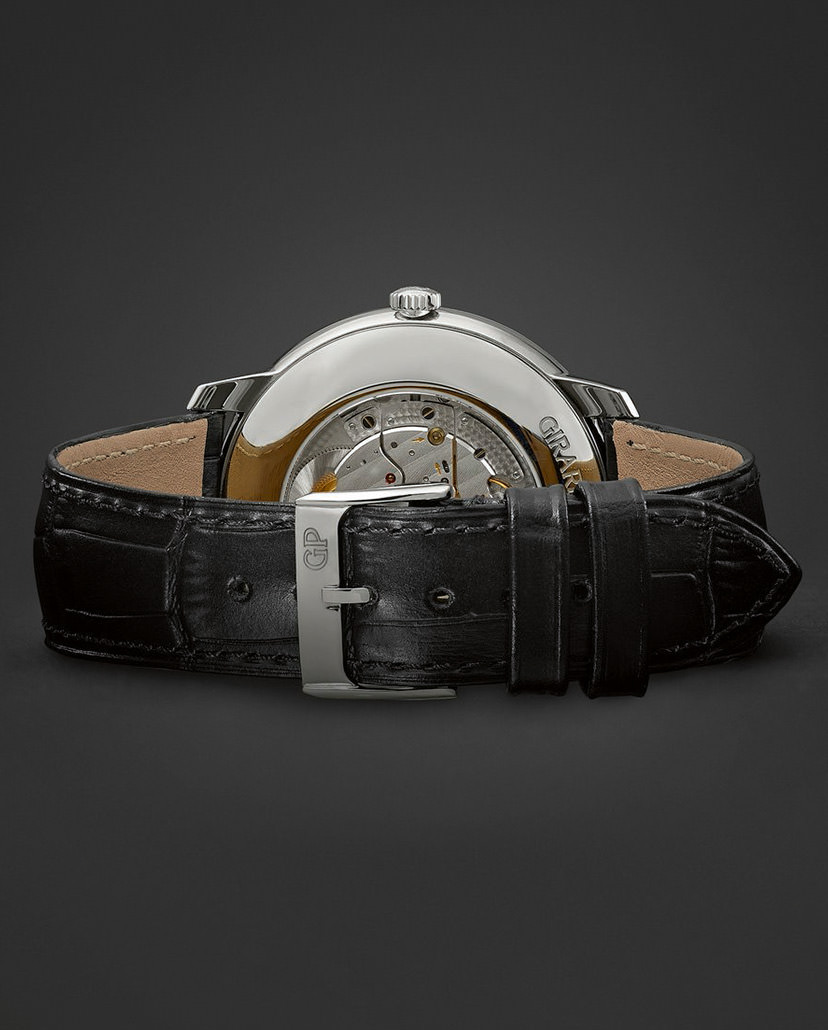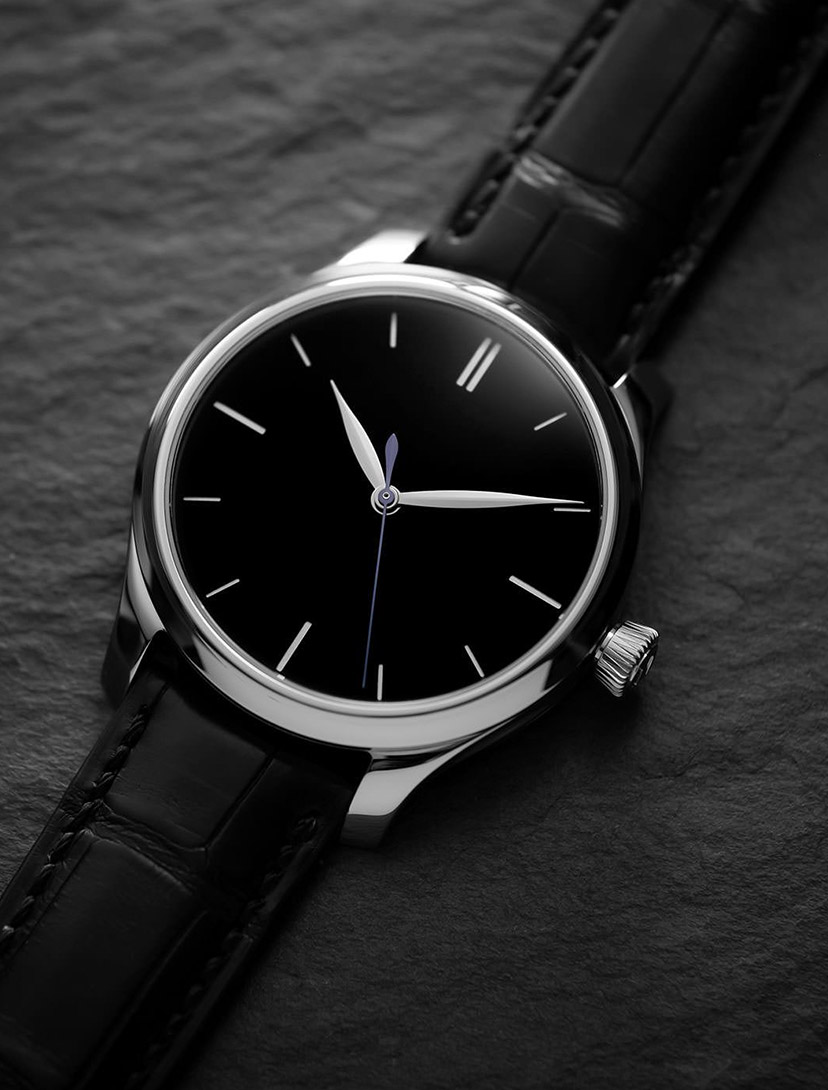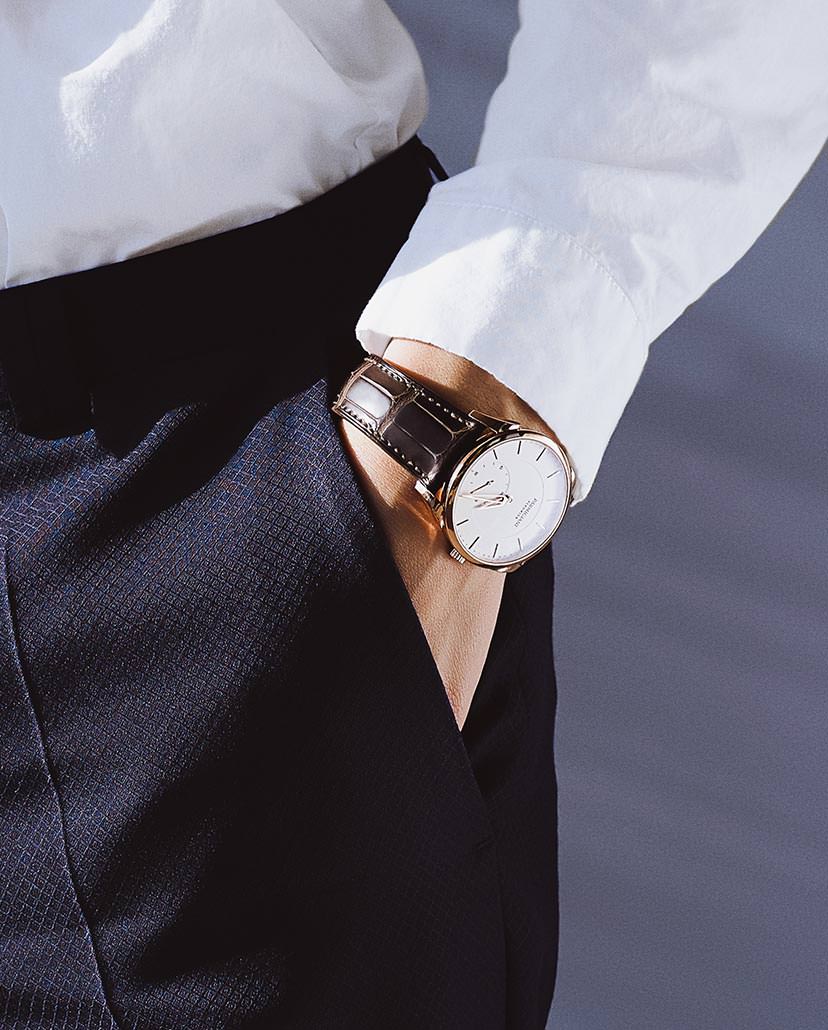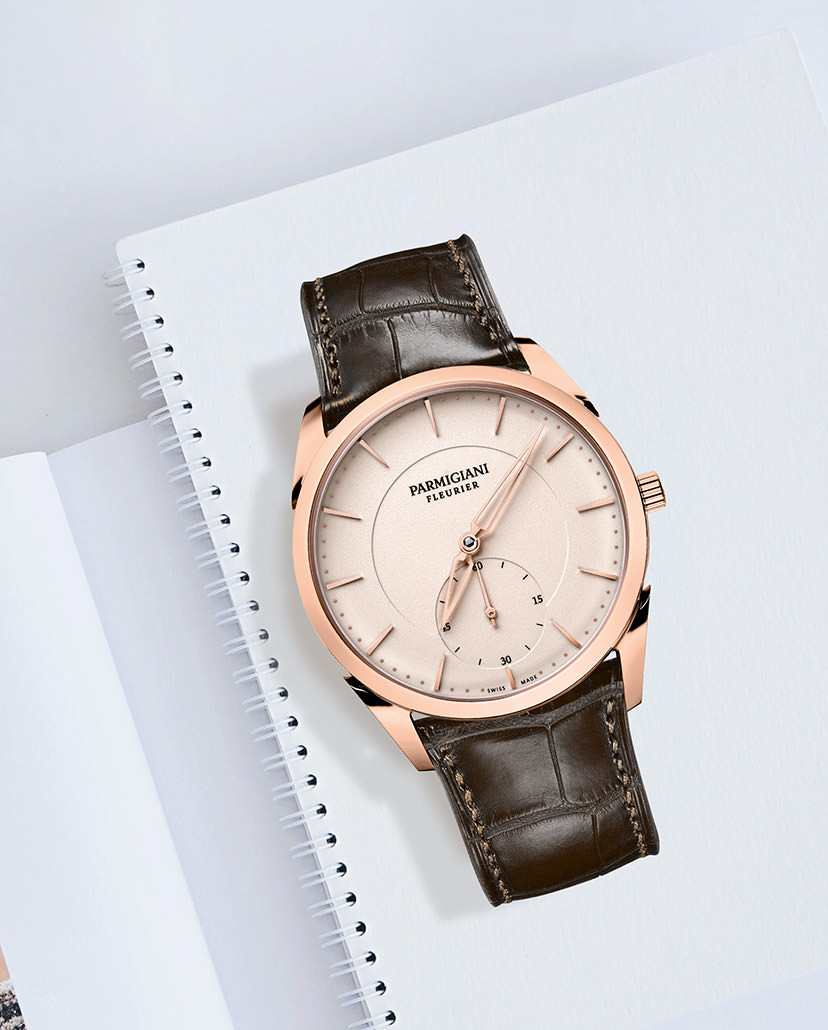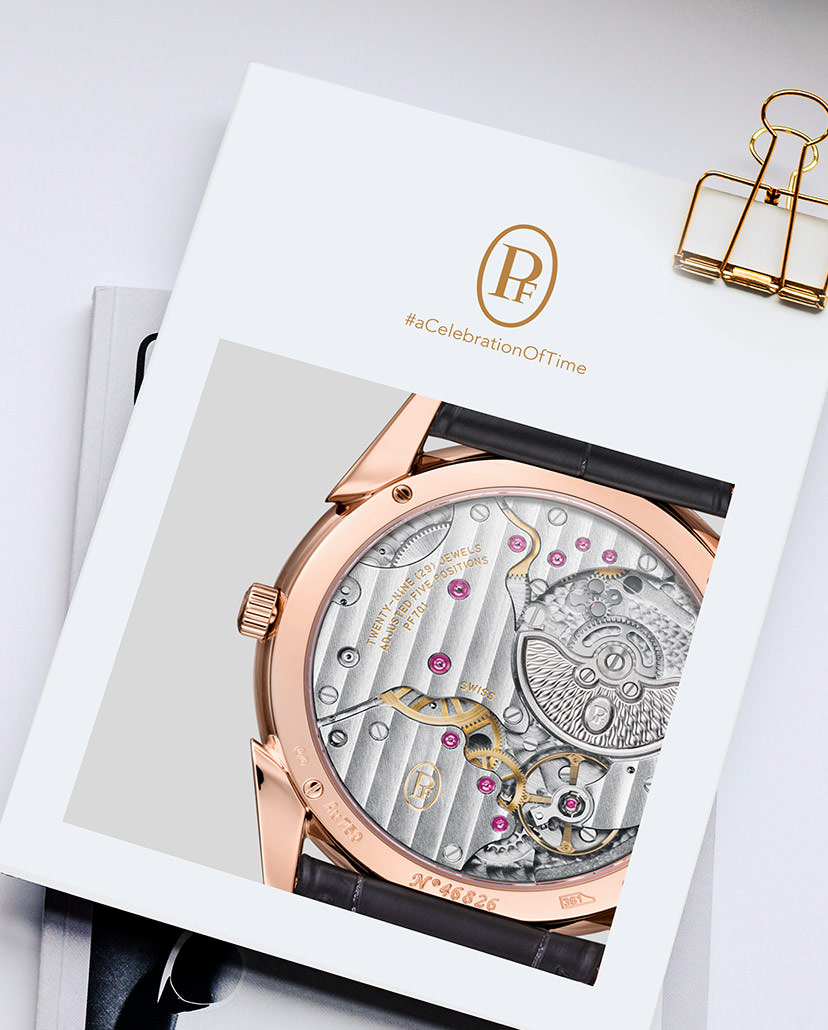FeatureA Guide To The Classic Dress Watch, And Why It Will Always Be In Vogue
There’s something inexplicable about the charm of a classic dress watch and the joy it brings to the wearer, even though the race for complex timepieces continues in the haute horlogerie universe. Crafted in precious metals with slim profiles, and offering simple, three-hand timekeeping; they’ll always be revered among collectors. Here’s a guide to what constitutes an ideal dress watch and the elements one should look out for
May We Recommend
Coco Chanel once said, “Elegance is refusal.” These words run deep in the haute horlogerie universe where the real worth of a timepiece is gauged by how far it is letting go of the excesses. While the existing order of the day calls for complications—for brands to showcase their mastery of the traditional art of fine watchmaking—one must never underestimate the power of a simple three-hand timekeeper that takes equal if not more time and dexterity to come to life. In fact, in the last couple of years, there has been an ever-increasing demand for complications—the chronograph being most popular, as seen during the annual watch fairs—which have been held online for the last two years, owing to the pandemic. So, when brands resort to going back to the basics, by launching timepieces that are stripped off of all the complexities and where the dial actually shines through—one can say that it truly is a wondrous feat among a fleet of high-end technical timekeepers, flaunting busy faces.

A sophisticated accessory that enhances the appeal of a formal outfit, a dress watch is perhaps the only piece of real jewellery that a man has in his collection to pair with various outfits for important events. This is because men tend not to own and wear as many statement pieces as women often do. Hence, it becomes even more important for a watch to convey all those emotions that perhaps an elaborate neckpiece might do for a woman. However, a dress watch is not an everyday timepiece and is used to upgrade formal attire, often even translating to investment pieces. They are often heirlooms that are passed on from generation to generation and are treasured.

With its pure lines, the Patek Philippe Calatrava is recognised as the very essence of the round wristwatch and one of the finest architypes of a classic dress watch. Its elegance and understated perfection still make it a highly sought-after option among collectors. The Vacheron Constantin Les Historiques 1955, an ultra-slim wristwatch crafted in either 18-karat yellow gold or platinum, is another fine example of what a traditional dress watch should look and feel like. In other words, it must possess vintage appeal, should transport one back in time, and exude minimalistic charm.
Dress Watch: Looking Back In Time
Unlike a chronograph or a dive watch—dedicated to special sports or activities—there are no rules set in stone when it comes to defining dress watches. In today’s day and age, there are definitely no rules and we’re all for breaking them and challenging the norms. Even with ladies’ watches, there’s been a shift. Women are no longer wearing only petite pieces, or quartz timekeepers, while they’re even pairing ultra-sporty watches with formal ensembles and vice versa. However, if one were to try and get a semblance of things and understand where exactly these watches fall in, then there’s certainly no harm in trying. The basic premise guiding a dress watch is fairly simple—it must be thin enough to comfortably vanish under a sleeve cuff, be elegant enough to enhance an outfit without really overpowering it, and stick to classic design codes to always be in vogue.

While dress watches made an appearance sometime during the beginning of the 20th century, their origins date back even further. During the Victorian era, clothing for both genders was generally bulky, consisting of many layers and was of an elaborate nature. This allowed for enough room to hide pocketwatches within the safe confines of coat or jacket pockets. With advancements in technology and the changing face of sartorial preferences, pocketwatches made way for wrist watches while bulkier clothing was replaced by cleaner, sleeker cuts. As the focus grew on dressing sharp, this ultimately gave way to the rise of the two-piece suit—a simple yet understated look that was embraced by gentlemen and aristocrats. The well-fitted silhouettes could no longer provide room for bulky pocketwatches and this allowed watchmakers to also experiment with dimensions to create discreet and slimmer iterations that would ‘silently’ complement men’s attire while also indicating their affluence—all while remaining understated.
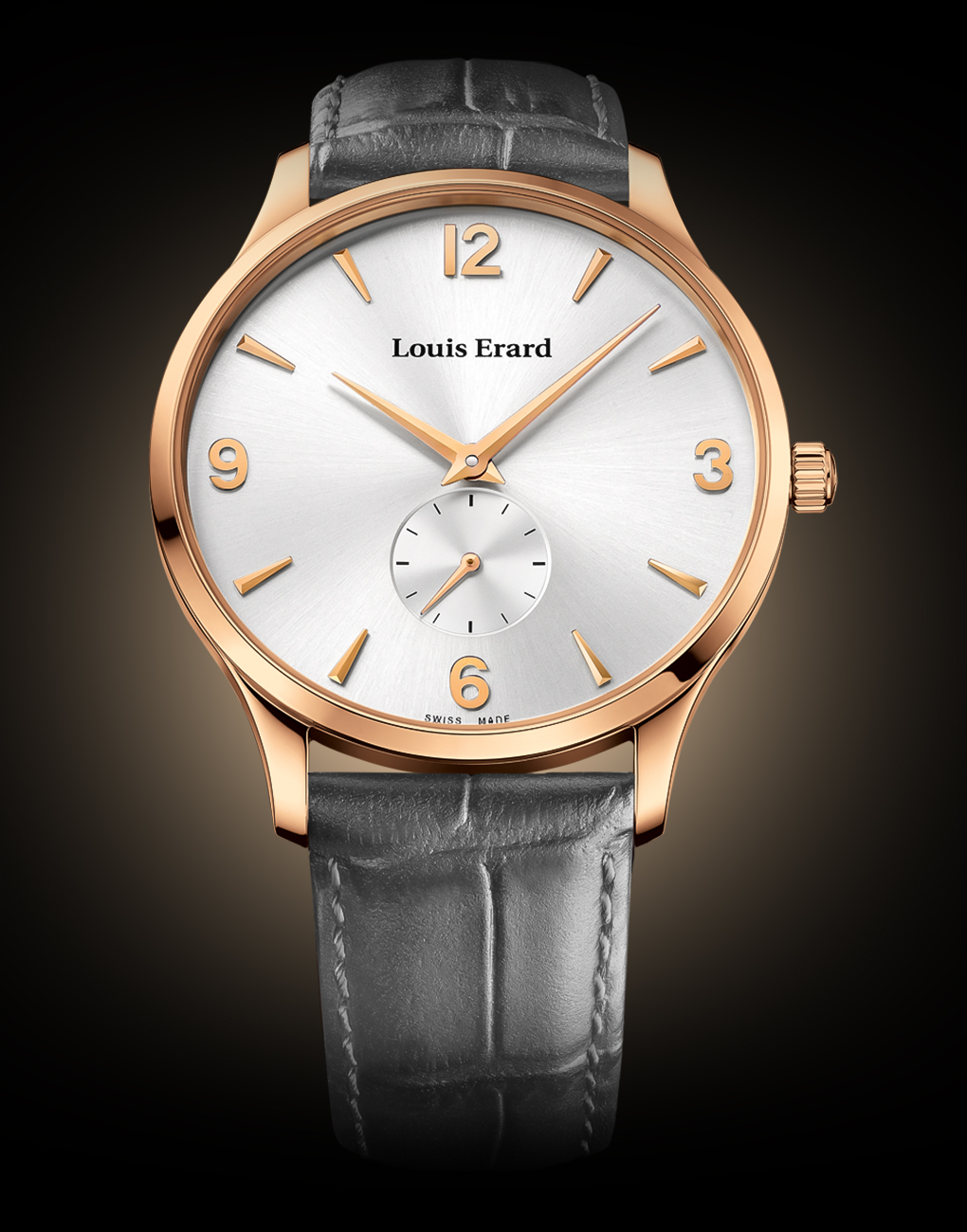
It’s a known fact that military advancements also furthered developments in the field of horology, as soldiers could no longer carry the bulky and non-ergonomic pocketwatches on the battle field. By the early 20th century, wristwatches gained immense popularity as they had been widely used by military personnel during World War I. They had replaced the bulky pocketwatches—providing a more practical alternative to the cumbersome timekeeping instruments. In fact, they had become a fashion statement post war and both men and women wanted to add more watches to their personal collections. However, the challenge was to make them sturdier, sleeker and lighter. While, round cases in precious metals such as gold were the most popular, the advent of the Art Deco period during the 1920s also influenced watchmakers to move away from the predictable designs; experimenting more with various geometric forms, which gave birth to rectangular, square-shaped and barrel-like or tonneau cases, crafted out of modern materials such as aluminium, stainless steel and even Bakelite, with dials often using sunburst motifs, stained glass and lacquer. However, the indexes were always minimal with either just plain Arabic numerals or simple hour markers. Some of the most iconic timepieces created were the Cartier Tank watch and the Jaeger-LeCoultre Reverso, easily identifiable through their unique case structures.

Thus the quest for producing sleeker and slimmer timepieces led watchmakers to pursue elegance—a hallmark of dress watches, and that’s how they came into being. It’s also interesting to note that just because watchmakers were opting for minimalism in these timepieces, it by no means reduced the cost of production as a thinner watch required greater skill and innovation—often surging the production costs.
What Elements Constitute A Dress Watch?
For many watch purists, there are some very stringent rules when it comes to rounding up dress watches. While there can be certain exemptions, and there’s always room for interpretations, most are on the same page when it comes to certain defining features. There’s universal agreement that a typical dress watch should be slim, elegant, simple in both design and mechanics, might be made from a precious metal and is mostly presented on a high-quality leather strap. Even the dial colour should ideally be black, white, silver, beige or some other neutral hue. Complications are a strict no-no, with just regular two-hand or three-hand timekeeping making a statement and a date window—if one is really wanting to go big. Some watchmakers even give leeway for a basic moon phase disc, but that was included much later. Let’s closely look at some of these features.
A Case Of Proportions: Thickness And Height Should Always Make A Slim Profile
We can’t reiterate enough that an ideal dress watch needs to be slim. After all it was created with the intention of wearing under a well-fitted suit or tuxedo. This is where the case proportions come into play as the watch should quietly stay under the cuff, without restricting hand movements or causing unsightly gatherings around that area. An ideal thickness is 15mm, while the diameter should range somewhere between 33mm and 41mm. The original Grand Seiko, launched in 1960, is perhaps another great example. A simple three-hand timekeeper, this was launched in a 14-karat, round gold case measuring 35mm. This housed a slim and precise mechanical movement that met the highest international standards of timekeeping.
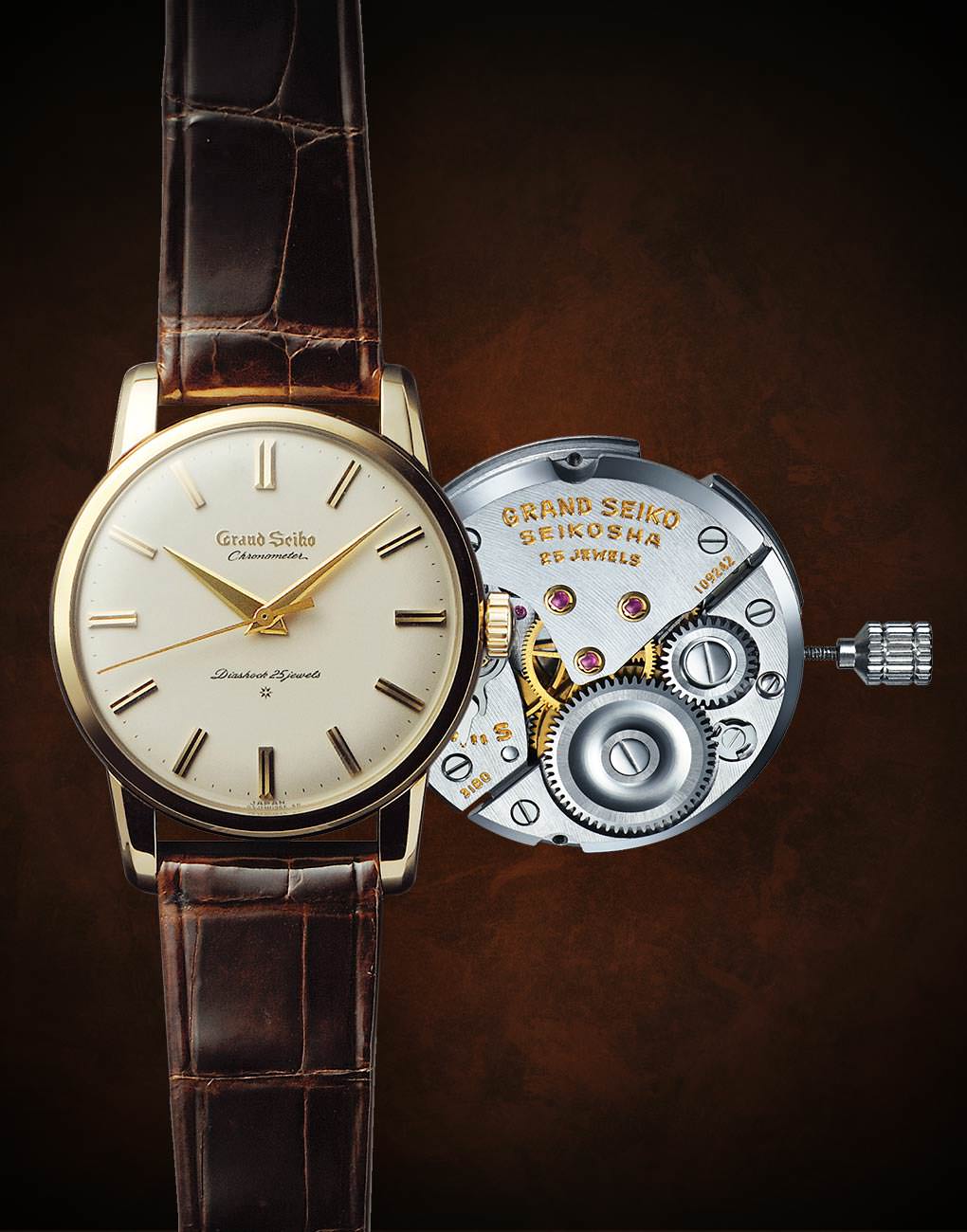
This evergreen design stays in production even today, and in fact, what started out as a model back then has now become a standalone brand. Among the more modern watches, the Girard-Perregaux 1966 is a collection that consists of classic timepieces in terms of functions and lines: very thin round case, entirely polished, softly domed with curved lines (lugs, bezel, glass and caseback).

The strap is also perfectly integrated to the case for maximum wearing comfort. Despite the fact that it is named after a specific year, the collection is remarkably timeless with its pure, round mechanical watches, distinguished by ultra-thin cases.
Crafted In Precious Materials For Evergreen Designs
The material used in these slim timekeepers is another important factor. While traditionally only yellow or white gold was used to craft the cases of these watches, subsequently even platinum and rose gold joined the ranks of the favourable metals. Since these were essentially watches created for special occasions, watchmakers took utmost care to offer only the best to their clientele. However, the unwritten rule of thumb remains constant: only high-end metals but designed in a manner to appear understated. The Omega DeVille Trésor exemplifies this beautifully as back in 1949, when it was first launched, it took the horology world by storm. The name referred to the ‘treasure’ found inside the watch—the legendary 30mm calibre, slim yet highly precise. This was packed in a beautiful gold case measuring 37.5mm—oversized by horology standards back then. This collection has witnessed a considerable evolution but still holds on to the dress watch aesthetics, even today. Of course now brands have embraced stainless steel as well, but most manufacturers still choose precious metals over everything else. Additionally, the only decoration allowed is a single cabochon—a polished gemstone—on the crown.
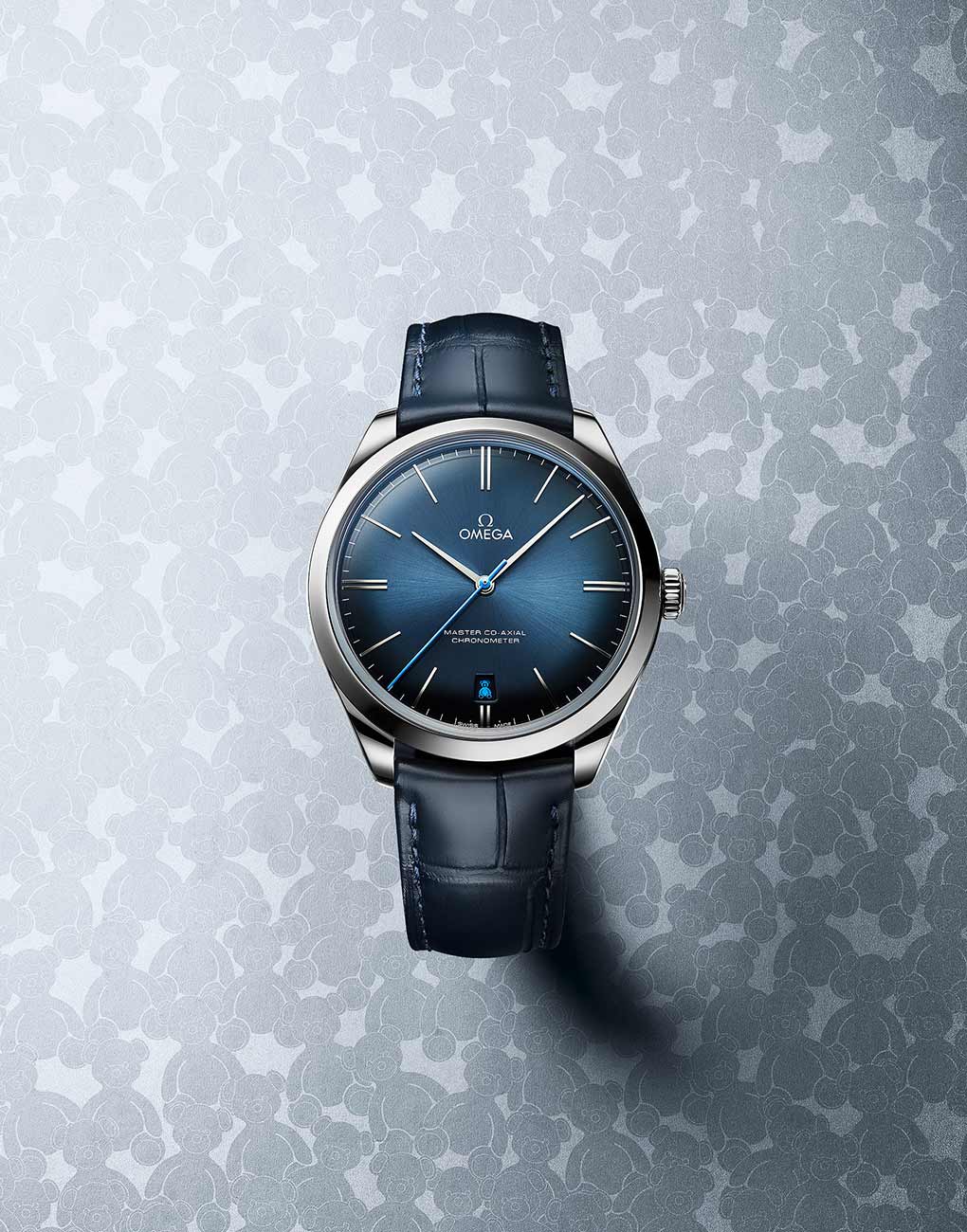
Clear The Clutter: Clean Dials With Basic Three-Hand Timekeeping Are Essential
A classic dress watch also stands out for its simple, refined and elegant dial, that’s not too busy and allows one to admire the watch as how it was meant to be—created with the purpose of simply keeping track of time. They say a person’s face says a lot about them similarly, a watch face or dial is what the brand is trying to convey to its buyer. There should be no excesses—no extra decoration that could cause distraction or extra features where it appears that there’s too much going on the dial. The indexes should be simple baton-type or the numerals should be Arabic or Roman. The hands also must be leaf-shaped or sword-shaped to complement the sharp lines of overall case design. White, beige, black and navy blue have been the longstanding choices since they complement the precious metals and also the watch to shine in all its glory. Here, the Carl F. Bucherer Adamavi in stainless steel and rose gold, offers a glimpse into what the dial should look like, although available in more contemporary options as well. And when one talks about contemporary creations, how can one leave out H. Moser & Cie.? With some of the most stunning watches in the business, their Endeavour Centre Seconds Concept watch in red gold flouts the traditional norms of how one would bracket a dress watch, but still manages to fulfil the criteria. It stands out for its plain, clutter-free funky blue dial that immediately arrests ones attention.

There Is No Room For Complications
Let’s face it: a dress watch ceases to be one when complications are introduced. In that case one should simply pick up a chronograph meant for a specific activity or maybe even a world timer. The idea of owning a dress watch is to keep the vintage charm alive with basic three-hand timekeeping taking care of the elapsed hours. However, there is a school of thought, which advocates complications but only of the highest kind—where nothing less than a tourbillon, perpetual calendar or minute repeater would do.
And we have seen this in some of the most stunning creations by Breguet and even IWC, where they have retained dress watch codes despite the dizzying complications but that’s not everyone’s cup of tea, right? So, a date window or a moon phase or even a small seconds function is all that you’ll mostly find on the dial of a dress watch and it just makes sense from a design perspective. The Parmigiani Tonda 1950 in rose gold stands out for its beautiful small seconds counter at six o clock, and the dial looks as stately as it gets.

And to complete the overall look, dress watches are always presented on high-quality leather straps to complement the vintage mood of the timepiece. Unlike a stainless steel bracelet, leather provides a better fit on the wrist, and the darker the hue, the more formal the appearance.
Ultimately, a simple, uncluttered three-hand dress watch will always continue to be a perennial favourite among horophiles even though the market is flooded with several glitzy options, because this watch bares its soul while keeping it real. Less is always more when it comes to the evergreen dress watch.



